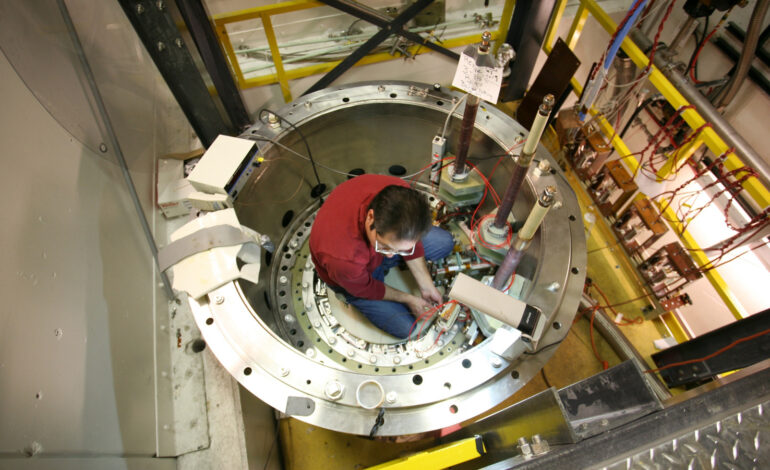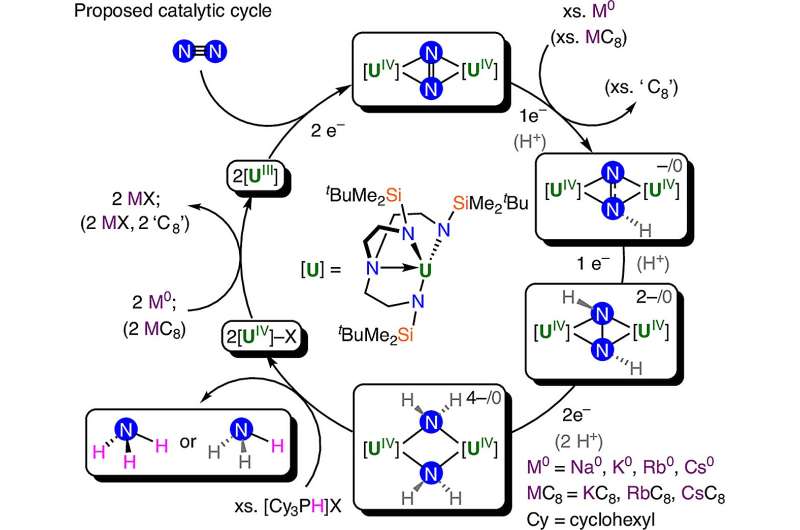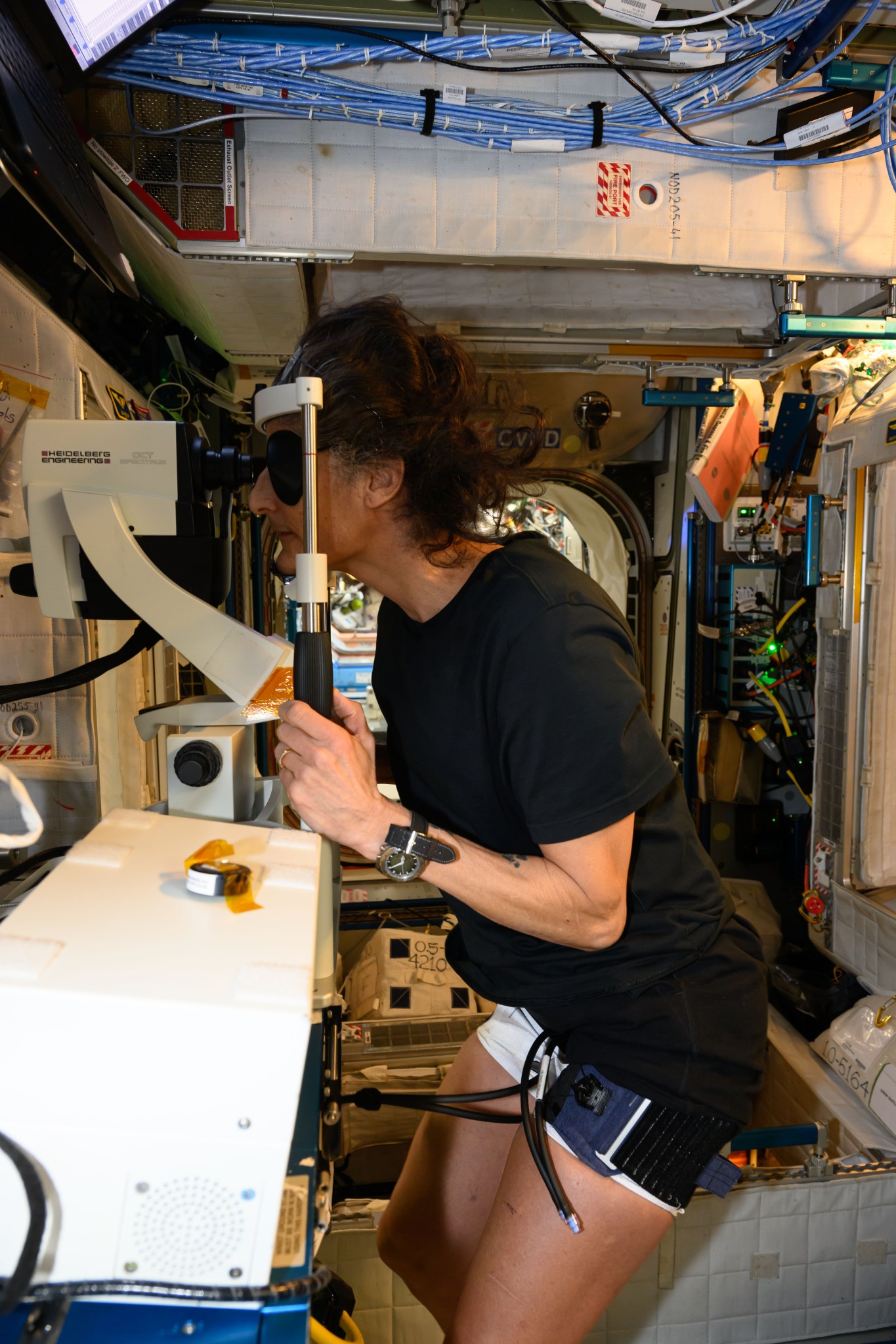Scientists Develop Groundbreaking 100-Tesla Magnet at MagLab

The National High Magnetic Field Laboratory’s (MagLab) researchers have achieved a significant milestone by creating the world’s first non-explosive 100-tesla pulse magnet at their facility in Los Alamos, New Mexico. This innovation, developed in 2012, represents not just a technical achievement but a pivotal advancement in the study of superconductivity and quantum materials.
The magnet, named after inventor Nikola Tesla, reaches a magnetic field strength of 100 teslas, a stark contrast to the Earth’s magnetic field, which measures only 50 microteslas. While scientists have generated magnetic fields exceeding 1,000 teslas, these explosive magnets typically operate for just milliseconds, making them unfeasible for detailed scientific measurements.
Scientists at MagLab have successfully created a magnet that can sustain a pulse for up to 15 milliseconds. This duration is approximately two thousand times longer than that of previous explosive magnets, allowing researchers ample time to capture meaningful data. Each pulse lasts three seconds, during which the magnet escalates from 40 to 100 teslas in just 8 milliseconds.
Technical Marvel: Design and Functionality
The 35-ton magnet consists of four electrical circuits, featuring an outer coiled magnet that houses a smaller inner coil. The outer coil is powered by a generator capable of producing 1.4 gigawatts of energy, equivalent to the power required for about 140 million LED lightbulbs. The inner circuit operates using a 2 megajoule capacitor, discharging energy in rapid bursts.
To manage the intense energy and prevent overheating, the magnetic coils are maintained in a dewar filled with liquid nitrogen, ensuring temperatures remain around -324.67 degrees Fahrenheit. Even with this advanced cooling system, the magnet requires about an hour to return to optimal temperatures after usage.
The facility’s status as a multi-shot magnet is another significant advantage. This feature enables scientists to conduct multiple experiments, facilitating the discovery of repeatable results and enhancing the reliability of their findings.
Broad Implications for Science and Technology
MagLab’s innovative magnet is crucial for various scientific fields, particularly in the exploration of superconductivity. Researchers utilize the Pulsed Field Facility to investigate how particles behave under intense magnetic forces. As described by the laboratory, this process is akin to astronomers using telescopes to observe distant celestial bodies, allowing scientists to probe unobservable particles on a micro scale.
The implications of this research are vast, influencing everything from energy production to medical technology. For example, the International Thermonuclear Experimental Reactor (ITER) employs a substantial magnet to study fusion energy, while hospitals utilize MRI machines that rely on powerful magnets to enhance diagnostic capabilities.
Recent breakthroughs at MagLab include examining the structure of living organisms, contributing insights into health risks like cancer and neurodegenerative diseases. The facility has also identified chemical compositions in environmental studies, such as the impact of sunlight on asphalt and the composition of Arctic rivers.
Despite its groundbreaking contributions, the future of MagLab hangs in the balance. The facility is facing a potential 40% cut in funding in the U.S. Congress’s budget for 2026. This reduction could jeopardize not only the laboratory’s ongoing research but also the United States’ leadership in magnetic research.
As the MagLab team continues to push the boundaries of science, their work exemplifies the intersection of innovation and practical application, promising advancements that could reshape our understanding of the physical world.






